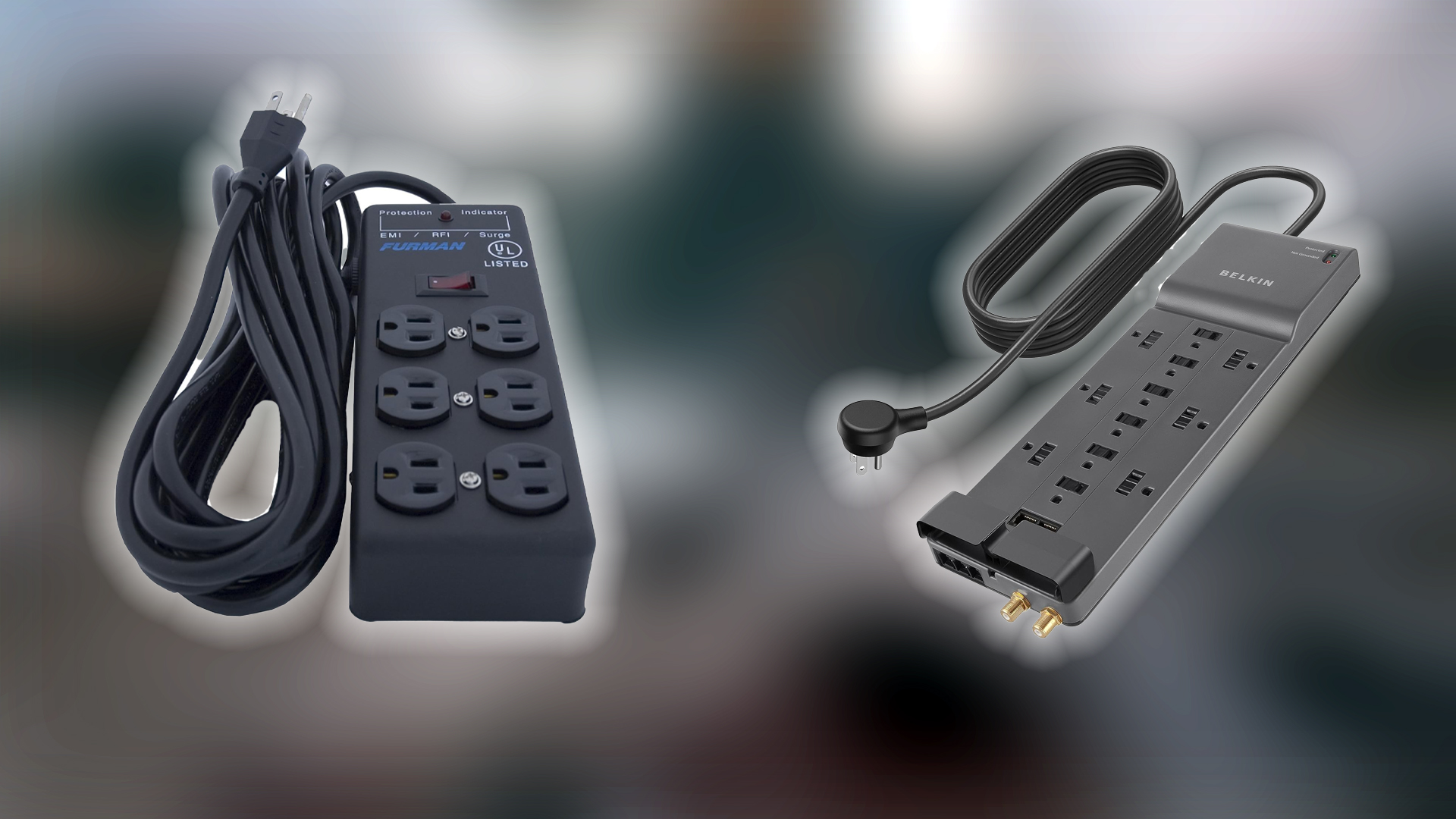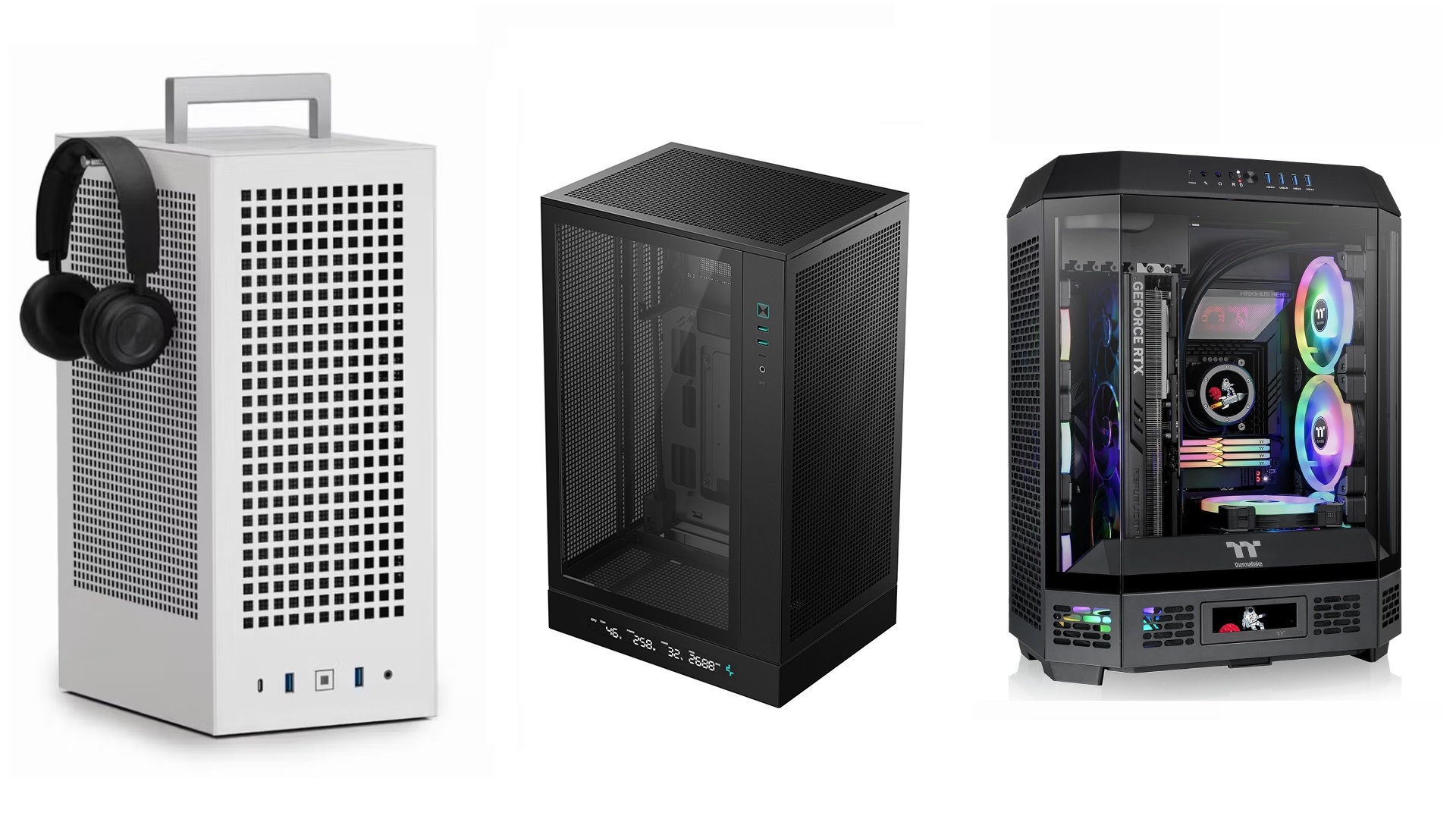Learn how to choose the best surge protector with key tips on joule rating, clamping voltage, safety, and features.

Ever wonder what happens when the voltage goes up and down simultaneously? Well, that’s a power surge. Well, not technically, but that’s one way of putting it. Now, a power surge usually means the voltage spikes to oblivion, like 800–900V on domestic lines, so current is drawn in amperes. Say your device takes in 2–3 amps at 220 or 110V. At that point, your hardware is likely toast. This is why you need a power surge protector. Below are some vital considerations you should know before purchasing.
Understanding Joule Rating of a Surge Protector

So what is this joule rating? Well, this one determines how much power your surge protector can absorb before it hits its safety meter.
Recommended Joule Ratings by Usage
- Basic protection for simple electronics (lamps, clocks): 600+ joules
- Computers, printers, and office equipment: 1,000-2,000 joules
- Home theater systems, gaming consoles, and data storage devices: 2,000+ joules or more
A higher rating usually means it’s a good-quality board, so consider adding it to the cart or saving it for later.
Clamping Voltage/Let-Through Rating

The clamping voltage, the let-through voltage, or VPR (Voltage Protection Rating), indicates the voltage level that will trip the surge protector. Lower clamping voltage provides better protection as it activates sooner.
As the term suggests, clamping basically means let-through voltage or VPR (Voltage Protection Rating). Lower clamping voltage usually means better protection, as that board will activate sooner than the others. According to Underwriters Laboratories, clamping voltages such as 330V, 400V, 500V, and 600V are on the good side of things.
Outlet Configuration
When selecting a surge protector, kindly consider the following information:
- The number of devices you need to protect
- Your plug sizes and the space between the two plug points
Models with 8–12 outlets typically provide enough headroom for office or entertainment setups.
Response Time
Response time of a surge protector determines how quickly the circuitry reacts to voltage fluctuations. Premium boards offer the fastest reaction time, like within nanoseconds, just coming in clutch to save your equipment in case any mishap occurs. These premium ones are called MOV-based protectors, as they react within nanoseconds.
Safety Features
These protectors are usually on the expensive side, so when a power surge happens, chances are that your surge protector’s PCB has a self-defense mechanism to automatically cut the power source so that it doesn’t fry itself. Additionally, consider buying boards that have:
- Indicator lights for its working state, showing that your unit is protecting your equipment.
- Grounding lights indicate potential earthing issues.
- Wiring fault indicators, saving you from short circuits.
Additional Features To Consider
Additional features like the ones mentioned below can be helpful depending on your specific needs:
- USB charging ports for mobile devices
- Coaxial connectors for cable/satellite line protection
- Telephone/network line protection
- EMI/RFI noise filtration for cleaner power to sensitive audio/video equipment
- Rotating or adjustable outlets for bulky plugs
- Keyhole slots for wall mounting
- Appropriate cord length for your setup
Conclusion
Lastly, don’t buy generic brands when selecting a power surge protector, like some random Chinese ripoff from Alibaba or Banggood. Instead, look forward to brands like Honeywell, APC, Tripp Lite, Eaton, CyberPower, etc. Although their products are priced a bit on the higher side, these manufacturers have field-tested components. Choose a unit with sufficient outlets for your needs, and prefer premium ones if needed. For a few dollars more, you can save a lot.
Looking For More Related to Tech?
We provide the latest news and “How To’s” for Tech content. Meanwhile, you can check out the following articles related to PC GPUs, CPU and GPU comparisons, mobile phones, and more:
- 5 Best Air Coolers for CPUs in 2025
- ASUS TUF Gaming F16 Release Date, Specifications, Price, and More
- iPhone 16e vs iPhone SE (3rd Gen): Which One To Buy in 2025?
- Powerbeats Pro 2 vs AirPods Pro 2: Which One To Get in 2025
- RTX 5070 Ti vs. RTX 4070 Super: Specs, Price and More Compared
- Windows 11: How To Disable Lock Screen Widgets
 Reddit
Reddit
 Email
Email


